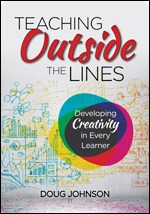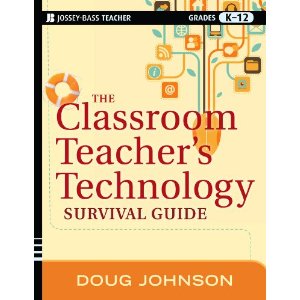Butt dial an old friend today
 Tuesday, April 22, 2025 at 09:03AM
Tuesday, April 22, 2025 at 09:03AM
Image source: https://cagle.com/topic/butt-dial
OK, it wasn’t exactly a butt dial but the principle was the same. I asked my car’s phone connection to call one person, but instead it called someone with a similar sounding name. (My car may need to get its hearing checked.) And the other person answered before I could find the right button on the steering wheel to end the accidental call.
But I am glad she did. My old Kentucky friend was someone I often saw at library conferences and with whom I enjoyed socializing over the years. But when I retired and COVID ended conferences, there have been no opportunities for us to see each other. And despite following each other on Facebook, we haven’t had much virtual contact either.
So it was good to hear her voice and get caught up a bit. No earth shaking news, but it was comforting to know that a friend is leading a pretty good life.
That accidental phone call made me ask myself why I don’t reach out to old friends on a regular basis. Over the course of 70+ years, I’ve been lucky enough to have quite a number of friends. But due primarily to changing jobs, changing home locations, and changing interests, many friends with whom I was once close have slipped into the past.
Many of these folks I remember at Christmas time, sending a holiday letter summarizing the events in my and my family's lives. And happily, quite a few send similar letters back. But is once a year enough? Should I be reaching out more often? Should we all?
Being fortunate enough to have a few close personal friends with whom I connect with regularly lessens, I suppose, the need to rekindle old relationships. But what can it hurt?
Butt dial an old friend today.







